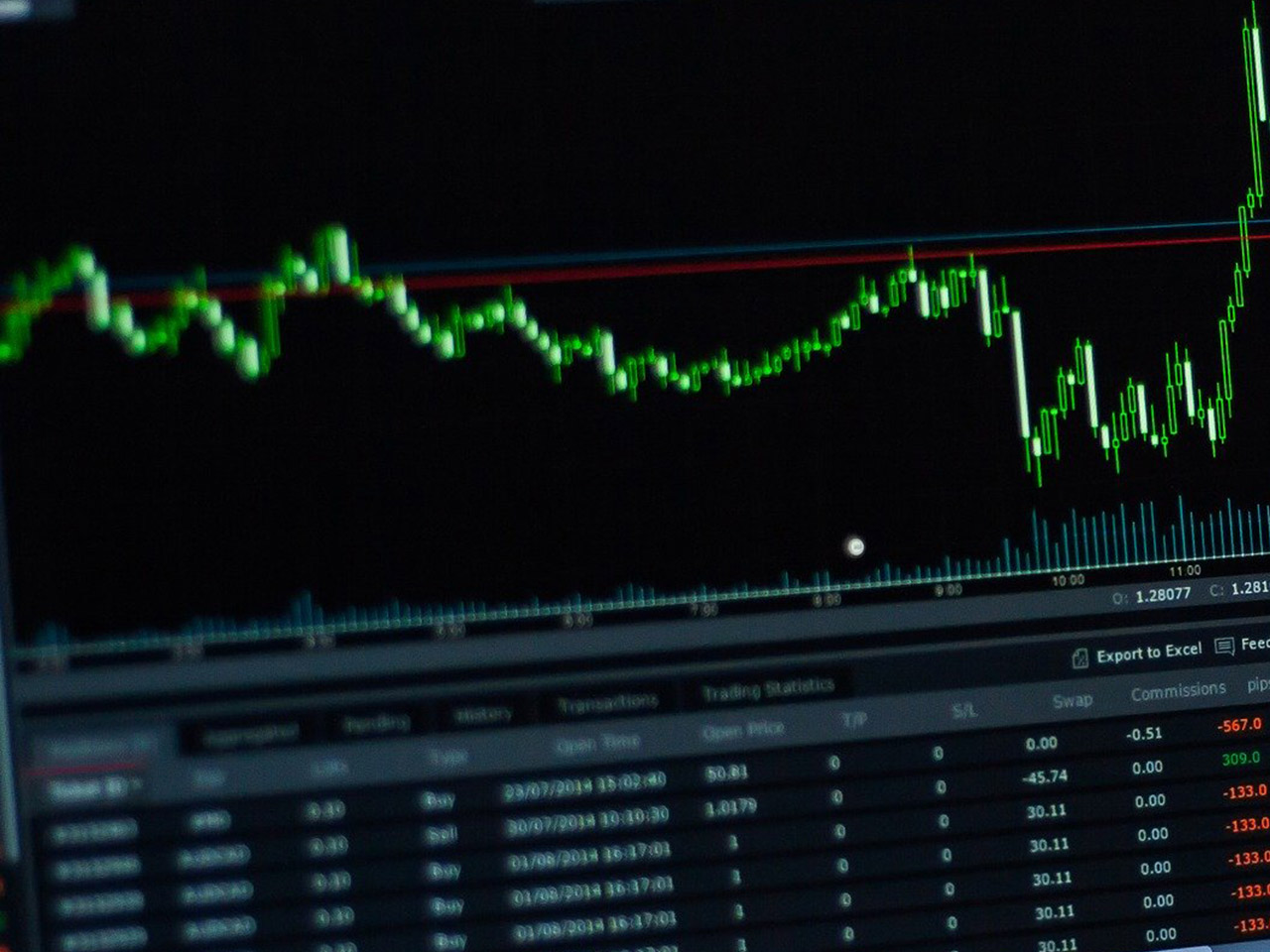Burberry Group PLC (BRBY.L), a stalwart in the luxury goods industry, has long been synonymous with British elegance and craftsmanship. With its roots tracing back to 1856, Burberry has skillfully navigated the evolving landscape of global fashion, catering to diverse markets across the Asia Pacific, Europe, the Middle East, India, Africa, and the Americas. Despite its storied history and strong brand recognition, recent financial data suggests a complex scenario for potential investors to consider.
Burberry operates in the Consumer Cyclical sector, focusing on luxury goods—a segment known for its resilience yet susceptibility to economic fluctuations. The company’s market capitalization stands at $4.69 billion, positioning it as a significant player in the United Kingdom’s luxury market. Currently, Burberry’s stock is trading at 1300 GBp, slightly below its 52-week high of 1,371.50 GBp, and well above its low of 627.80 GBp, illustrating some volatility.
However, Burberry’s valuation metrics present a puzzling picture. The forward P/E ratio is an astonishingly high 3,172.90, suggesting potential overvaluation or market anticipation of future growth that is not immediately apparent. The absence of a trailing P/E ratio and other valuation metrics such as PEG, Price/Book, and Price/Sales adds to the ambiguity, requiring investors to tread cautiously and rely on other financial indicators.
Performance metrics further complicate the investment narrative. The company reported a revenue decline of 12.50%, with a negative EPS of -0.21, and a concerning Return on Equity of -7.23%. Despite these challenges, Burberry’s free cash flow is a robust $328.5 million, providing a cushion and possibly supporting future strategic initiatives or shareholder returns.
The dividend picture is equally intriguing. Although Burberry’s dividend yield is not available, the payout ratio stands at an unsustainable 559.63%, indicating that the company might be distributing more than its earnings, potentially impacting its long-term fiscal health.
Analyst sentiment is mixed. With eight buy ratings, seven holds, and three sells, the consensus target price average is 1,267.50 GBp, suggesting a slight downside of -2.50% from current levels. This reflects caution among analysts, potentially owing to the company’s recent performance and valuation concerns.
Technical indicators provide a silver lining, with the 50-day and 200-day moving averages at 1,203.90 and 1,073.75 GBp, respectively, showing an upward trend. The RSI (14) at 65.31 indicates the stock is nearing overbought territory, which could signal a price correction. Meanwhile, the MACD of 29.91 compared to the signal line of 18.70 suggests bullish momentum, offering a cautious optimism for short-term traders.
In the broader context, Burberry’s global presence and diversified product lines, from accessories to beauty products, position it well in the luxury segment. However, economic headwinds and internal financial challenges require strategic maneuvering to maintain its market position and shareholder value.
For individual investors, the decision to invest in Burberry hinges on balancing the brand’s long-term potential against current financial uncertainties. Those with a higher risk tolerance might find value in the company’s brand strength and market reach, while more conservative investors may choose to monitor the stock for a more favorable entry point.









































